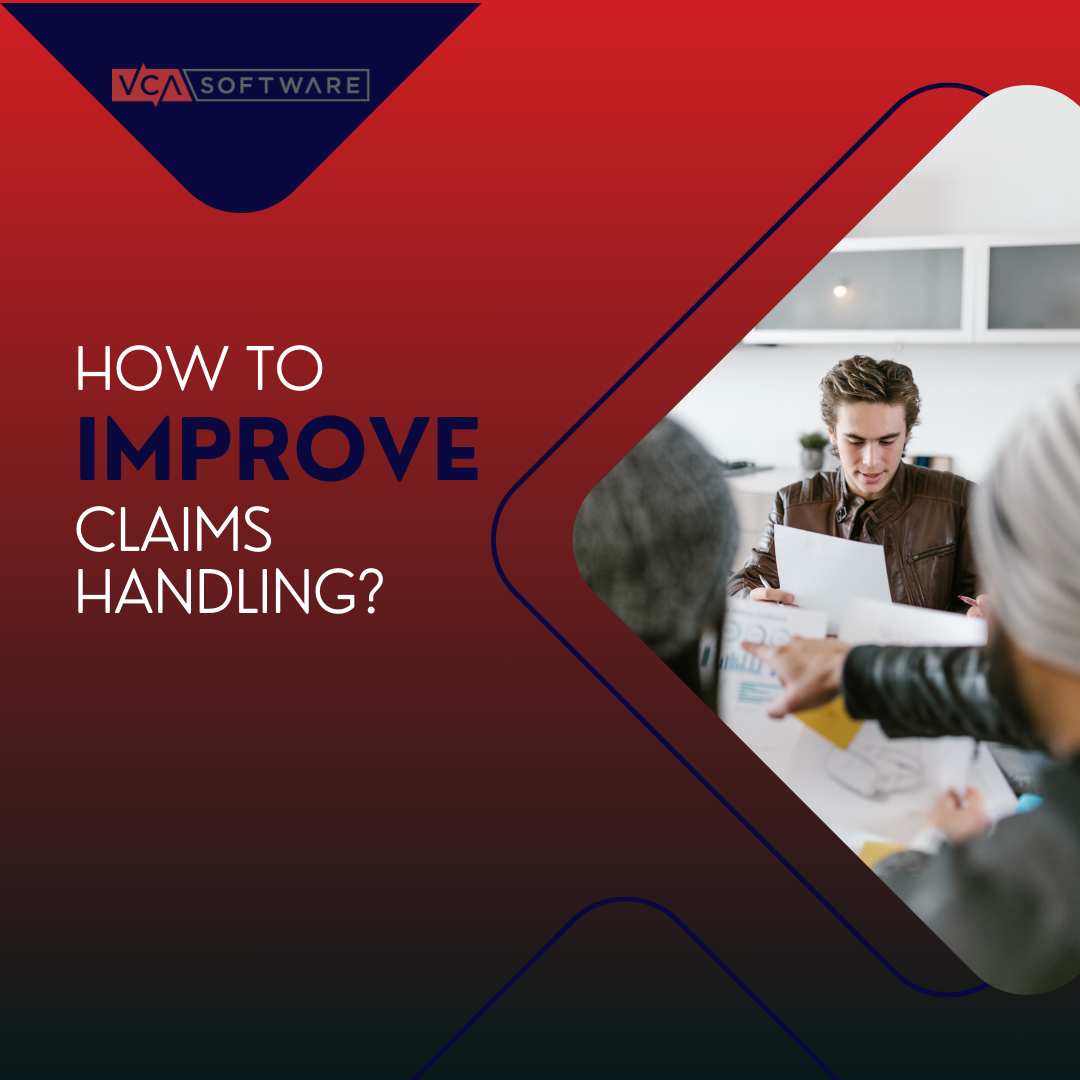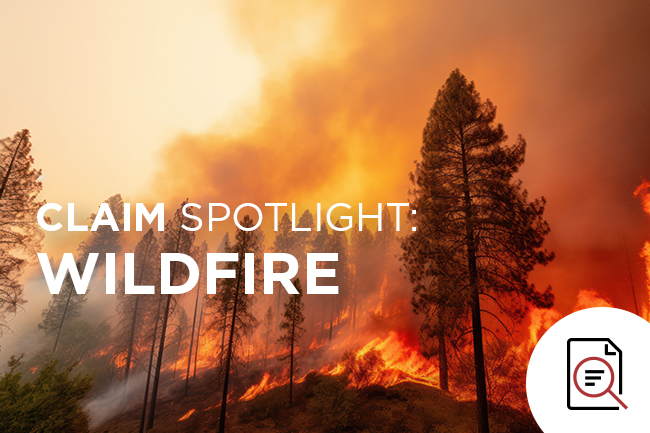Massive jury verdicts and significant court rulings could help shape future P&C insurance trends. Catch up on recent insurance claim outcomes with this roundup of notable court rulings, settlements and awards.
Court Rules with Insurer After Policyholder Failed to Read Renewal Information
Over the years, a policyholder’s insurance needs may change, and insurers may make changes to policy terms. That’s why it’s important to review policy terms at each renewal. According to Property Casualty 360, an Alabama property owner never read his renewal policies, despite explicit instructions to review the policy and determine whether the policy limits were sufficient. Then a storm damaged a lakeside deck, and the Coverage B for Other Structures payout was not enough to cover the loss. The policyholder sued for breach, bad faith and negligent procurement, but the Supreme Court of Alabama affirmed a lower court’s judgement and sided with the insurer.
Deadly Wasp Infestation Leads to $11 Million Settlement
According to the Daily Report, a wasp infestation that contributed to the death of a tenant allegedly went untreated even though the problem was known before the death occurred. The tenant complained about the wasps two months before the deadly attack, and again a week later after being stung, and both times was reassured the issue would be resolved. The nest was not removed, and the tenant went in anaphylactic shock after being stung again. This led to a premises liability lawsuit and an $11 million settlement.
Trailer Manufacturer Reviewing Legal Options After $462 Million Verdict
In 2019, two people died when their passenger vehicle collided with the back of a trailer and the rear impact guard tore off, allowing the vehicle to go under the trailer. According to Transport Topics, the trucking company ceased doing business in December 2019 and was not involved in the product liability lawsuit against the trailer manufacturer. The trailer manufacturer argued that the trailer was in compliance with regulatory standards and that no rear impact guard or trailer safety technology could have made a difference, and the jury was not allowed to hear that the driver of the passenger vehicle had a blood alcohol level above the limit and that neither he nor his passenger were wearing seat belts. The jury awarded $6 million in compensatory damages each to the families of the deceased men as well as $450 million in punitive damages.
Jury Returns $60.8 Million Verdict Against Tesla Driver
According to Courtroom View Network, an Indiana jury found a Tesla employee 70% liable and a motorcyclist 30% liable in a crash that resulted in traumatic brain injury for the motorcyclist. Due to the shared liability, the collectible reward was reduced to $42.48 million. Tesla denied liability in the crash, but the company reportedly never made any attempt to settle the case and rejected multiple settlement offers.
Insurer Must Defend Additional Insured
When is coverage available under an additional insured endorsement on a commercial general liability insurance policy? According to Property Casualty 360, a Maryland appellate court has ruled that an insurance company is obligated to defend the party named as an additional insured for claims arising from the actions of the named insured, either in whole or in part. The case involved a subcontractor that purchased a policy that named the hiring contractor as an additional insured. A claim alleged that the contractor’s negligence resulted in injury, but the lawsuit named both the contractor and the subcontractor, and the court determined the subcontractor was at least partially negligent.
Johnson & Johnson Settlement Grows to More Than $9 Billion
According to Reuters, Johnson & Johnson has agreed to add $1.1 billion to its already massive settlement, bringing the total to more than $9 billion, to resolve thousands of claims that its talc products caused cancer. The settlement is expected to be paid out over 25 years. Despite the settlement, the company still says its talc products are safe.
Damage from Roof Leak Not Subject to Flood Sublimits Due to Ambiguous Language
A hospital experienced property damage due to a roof leak that allowed the infiltration and accumulation of rainwater. The insurer tried to apply the policy’s flood sublimits to damage caused by the leak, arguing the damage was caused by surface water. However, according to Business Insurance, the Supreme Judicial Court of Massachusetts ruled that the phrase “surface water” was ambiguous in the policy’s flood limits provision and therefore should be interpreted in the policyholder’s favor.
Insurer Wins COVID-19 Business Interruption Case
Does a policy that provides coverage for virus contamination caused by specific circumstances, such as fire and windstorm, but excludes other circumstances, such as a pandemic, provide illusory coverage that is all but meaningless? According to Property Casualty 360, the California Supreme Court doesn’t think so. A restaurant sued after a COVID-19-related claim was denied, but the court ruled that the policy’s exclusions were “explicit and unambiguous.”
Need A Modern Claims Management System?
Rapid response and better communication can help prevehttps://vcasoftware.com/request-a-demo/nt claim escalation and litigation. Find out how VCA claim management software can help you stay on the cutting edge of claims management. Request a demo >





